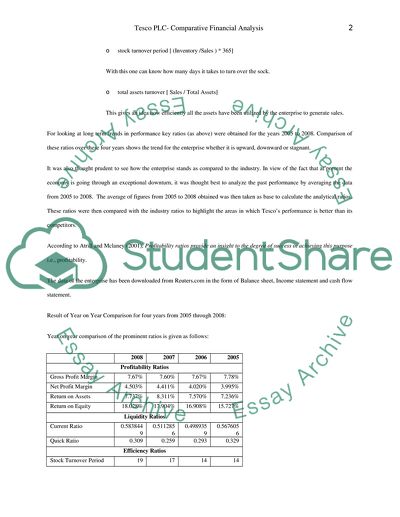Cite this document
(Comparative Analysis of Tesco PLCs Financial with that of Industry Case Study, n.d.)
Comparative Analysis of Tesco PLCs Financial with that of Industry Case Study. https://studentshare.org/finance-accounting/1561346-b202-part-b-tma
Comparative Analysis of Tesco PLCs Financial with that of Industry Case Study. https://studentshare.org/finance-accounting/1561346-b202-part-b-tma
(Comparative Analysis of Tesco PLCs Financial With That of Industry Case Study)
Comparative Analysis of Tesco PLCs Financial With That of Industry Case Study. https://studentshare.org/finance-accounting/1561346-b202-part-b-tma.
Comparative Analysis of Tesco PLCs Financial With That of Industry Case Study. https://studentshare.org/finance-accounting/1561346-b202-part-b-tma.
“Comparative Analysis of Tesco PLCs Financial With That of Industry Case Study”. https://studentshare.org/finance-accounting/1561346-b202-part-b-tma.


